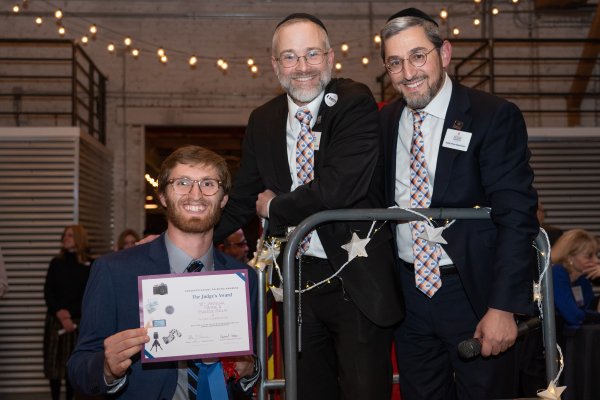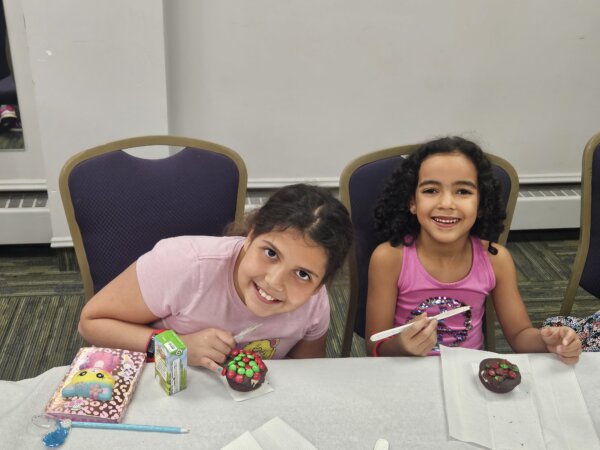VOLUME 94 NUMBER 3
January 22, 2021
SHEVAT 9, 5780
PARSHAS BO
Candlelighting Time 4:50 PM
The time for redemption had finally arrived. However, even though the time was ripe, the people were not meritorious and therefore how would they be allowed to escape from their bondage? Hashem, in His infinite mercy, conceived to obligate the nation in two wondrously important mitzvos, the special offering for Pesach and the mitzvah of bris milah, circumcision. They were commanded to take a bundle of hyssop and dip it in a container of blood from the sacrifice and sprinkle it on the lintel and the two doorposts. Hashem ‘saw’ that they were involved in performing His mitzvos, therefore they were saved from the last plague of the killing of the first-born and also deserved to leave Egyptian slavery. The Torah states that they should ‘observe this matter forever’. Our Sages and commentators emphasize that only the generation in Egypt had the mitzvah to sprinkle blood on the lintel and doorposts. Therefore, the ‘matter’ discussed in that verse refers to other aspects of the mitzvos that pertain for all generations. Nonetheless, the flow of the language of the Torah indicates that there is a residual mitzvah that correlates with the sprinkling that occurred then.
Netziv draws an analogical lesson from the configuration of the doorposts. The lintel rests upon the doorposts as though to support them from leaning inward and collapsing. Our Sages teach us that the world is sustained through three pillars, Torah, acts of kindness and the service in the Beis Hamikdash, today embodied with our prayers to Hashem. The Talmud states that Torah is powerful because it leads one to performance of mitzvos. There is an all-inclusive aspect to Torah which so impassions one who studies it that he is extremely motivated to fulfill the Torah’s mandates. It is through the lens of Torah that we envision our lives to be permeated with acts of kindness and serving Hashem in the most pronounced fashion available, surrendering life, in this case, that of the offering, to Hashem, the most poignant form of subjugation to His will. Indeed, this prototype captures the theme of martyrdom so succinctly expressed by our forefathers in Egypt who risked their lives to sacrifice the epitome of Egyptian culture, their god, which conceivably could have triggered a violent reaction from the Egyptians. Their deep faith in Hashem impelled them to ignore the inherent danger and proceed to serve Hashem without regard for their physical wellbeing! That profoundly embedded faith finds its origin in Torah as we see that immediately upon leaving Egypt, they were shortly afterward rewarded with receiving the Torah on Mt. Sinai. The connection is immutable and clear. Therefore, although we don’t sprinkle the blood on the doorway, we acutely evoke that ever-present theme that permeates the lives of each and every Jew who is honored to remember the sacrifices of our predecessors.
Our Sages teach us that when our forefathers were in Egypt, they committed themselves to act with kindness towards each other. This was one of the merits that led to their freedom. Furthermore, we are foretold that when a united group together immerses themselves in Torah that will herald the coming of Moshiach and the eventual redemption from our present exile.
A BYTE FOR SHABBOS
The main intent of the mitzvah of Tefillin is to strengthen our allegiance to Torah, which is written on the scrolls inserted inside, thereby promoting its study. CHOFETZ CHAIM
GOOD SHABBOS


